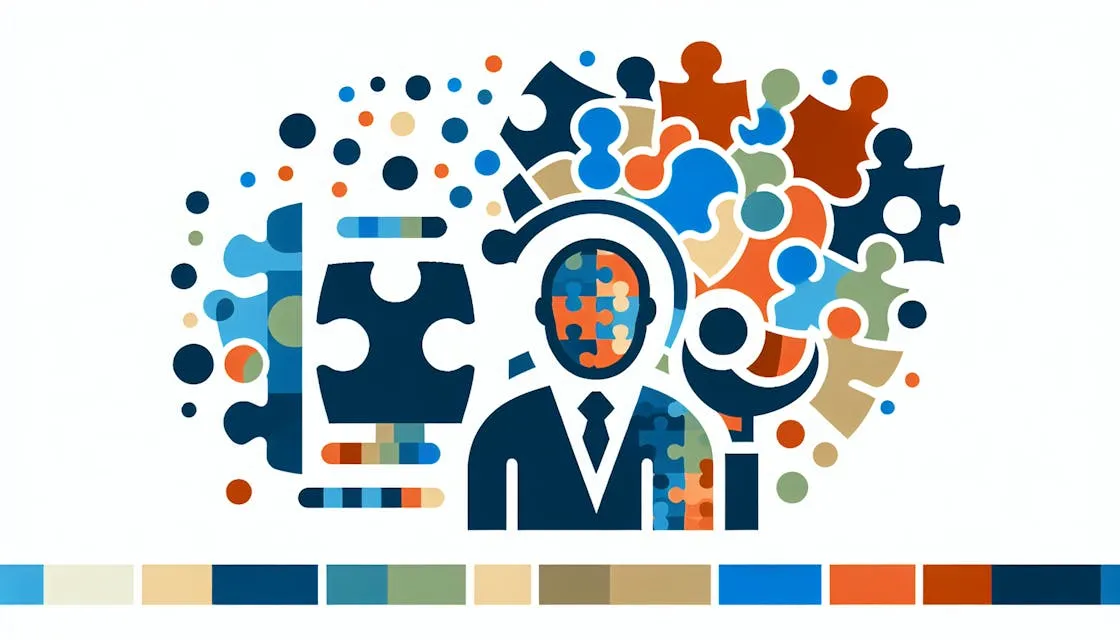Teaching abstract concepts like time using ABA
Innovative Approaches to Teaching Time with ABA

Unlocking the Abstract: Teaching Time through Evidence-Based Strategies
Abstract concepts like time pose unique challenges for educators, especially when working with children with developmental delays or autism spectrum disorder (ASD). Applied Behavior Analysis (ABA), with its focus on systematic, evidence-based strategies, offers powerful tools for making these intangible ideas tangible and comprehensible. This article explores the foundational principles of ABA that support teaching abstract ideas, effective instructional strategies, and practical resources that facilitate understanding of time and other complex cognitive skills.
Understanding the Fundamentals of Concept Learning in ABA
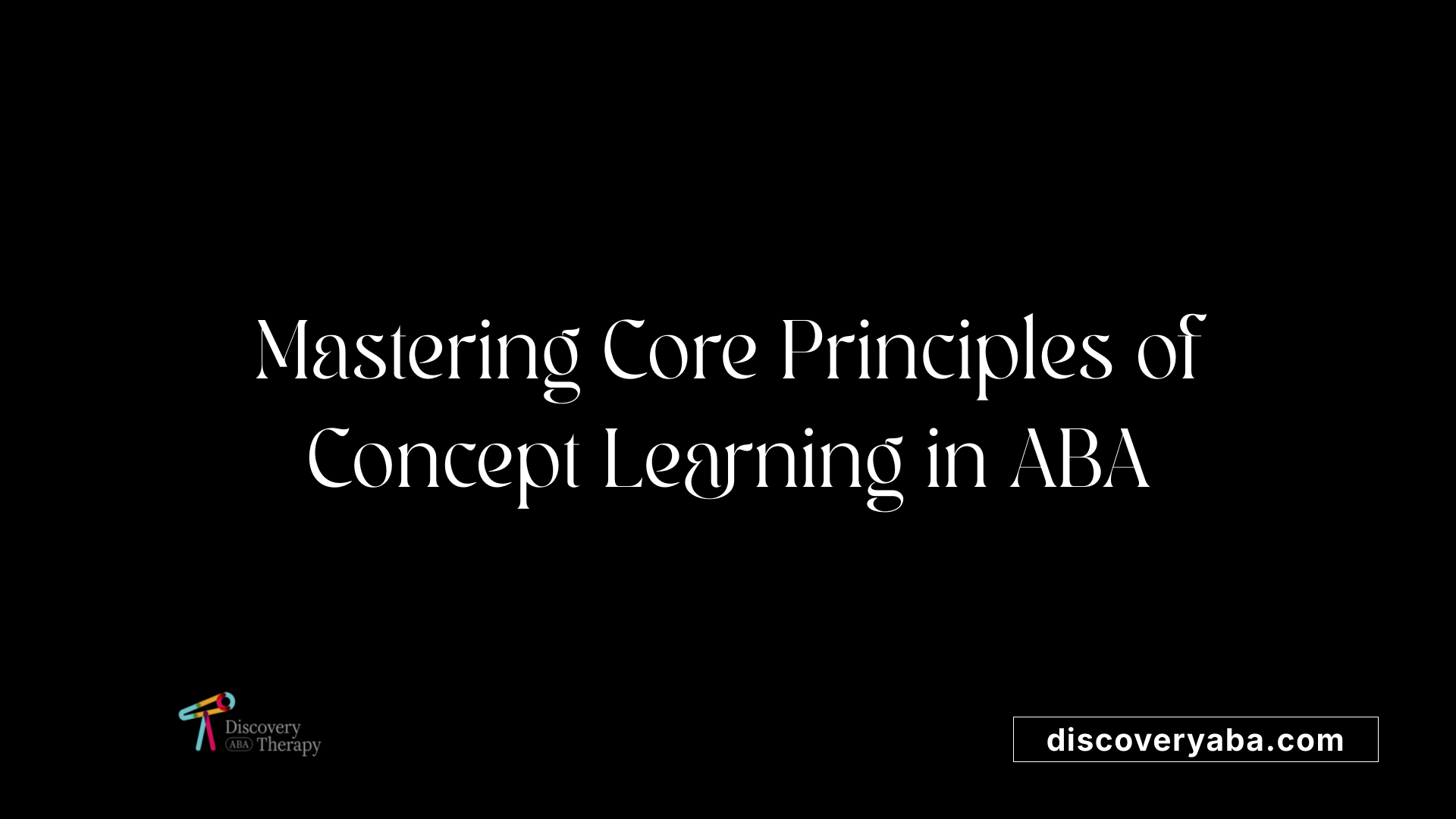
What are the basic principles of concept learning?
Concept learning in ABA is founded on understanding both simple and complex ideas that expand vocabulary and comprehension. This process involves analyzing the core attributes of a concept, then systematically teaching these through structured methods. Central principles include identifying 'must-have' attributes shared by all examples of the concept, as well as 'can-have' attributes that vary across instances.
How are 'must-have' and 'can-have' attributes of concepts used in teaching?
Must-have attributes are essential features present in every example of a concept, such as the shape, function, or class to which an object belongs. Can-have attributes are those that may vary but do not define the concept, like color or size. For example, in teaching the concept of 'dog,' 'having four legs' and 'being a mammal' are must-have attributes, while color or breed are can-have attributes. Recognizing these helps structure teaching and reduces misconceptions.
Why is systematic variation of examples and nonexamples important?
Effective teaching involves presenting multiple examples and nonexamples that vary these attributes. This variability helps learners discern which features are essential and which are incidental. By systematically changing can-have attributes or introducing nonexamples (objects that do not meet the must-have criteria), learners can better understand the boundaries of the concept.
How does ABA support abstract ideas like time?
Teaching abstract concepts such as time uses relational frames like 'more than,' 'less than,' or 'opposite,' supported by hierarchical concept structures. Visual aids, role-playing, and modeling make these intangible ideas more concrete. Using a step-by-step analysis of attributes and using rational sets of examples promotes understanding and generalization.
Can systematic analysis be applied to all levels of abstraction?
Yes, ABA techniques are adaptable across various levels of abstraction, whether teaching simple categories or highly abstract ideas. The systematic approach ensures clarity, reduces confusion, and enhances learning efficiency.
What role do visual supports and practical strategies have?
Visual aids like emotion cards, stories, and diagrams support understanding of both emotional regulation and abstract concepts. Reinforcement strategies—such as positive reinforcement—encourage accurate responses, while prompting and chaining help guide the learning process.
How can this approach improve understanding?
A careful analysis of concept attributes, combined with exemplars and nonexamples, helps drill down to the core features. It ensures learners truly grasp the concept, enabling better generalization across different contexts and reducing misconceptions.
How does this translate into effective teaching and learning?
By following these principles—systematic variation, clear attribute analysis, visual supports, and evidence-based strategies—educators and therapists can make complex ideas more understandable, promoting meaningful learning and flexibility in applying concepts like time or emotions.
Strategies for Teaching Abstract Concepts: Moving from Theory to Practice
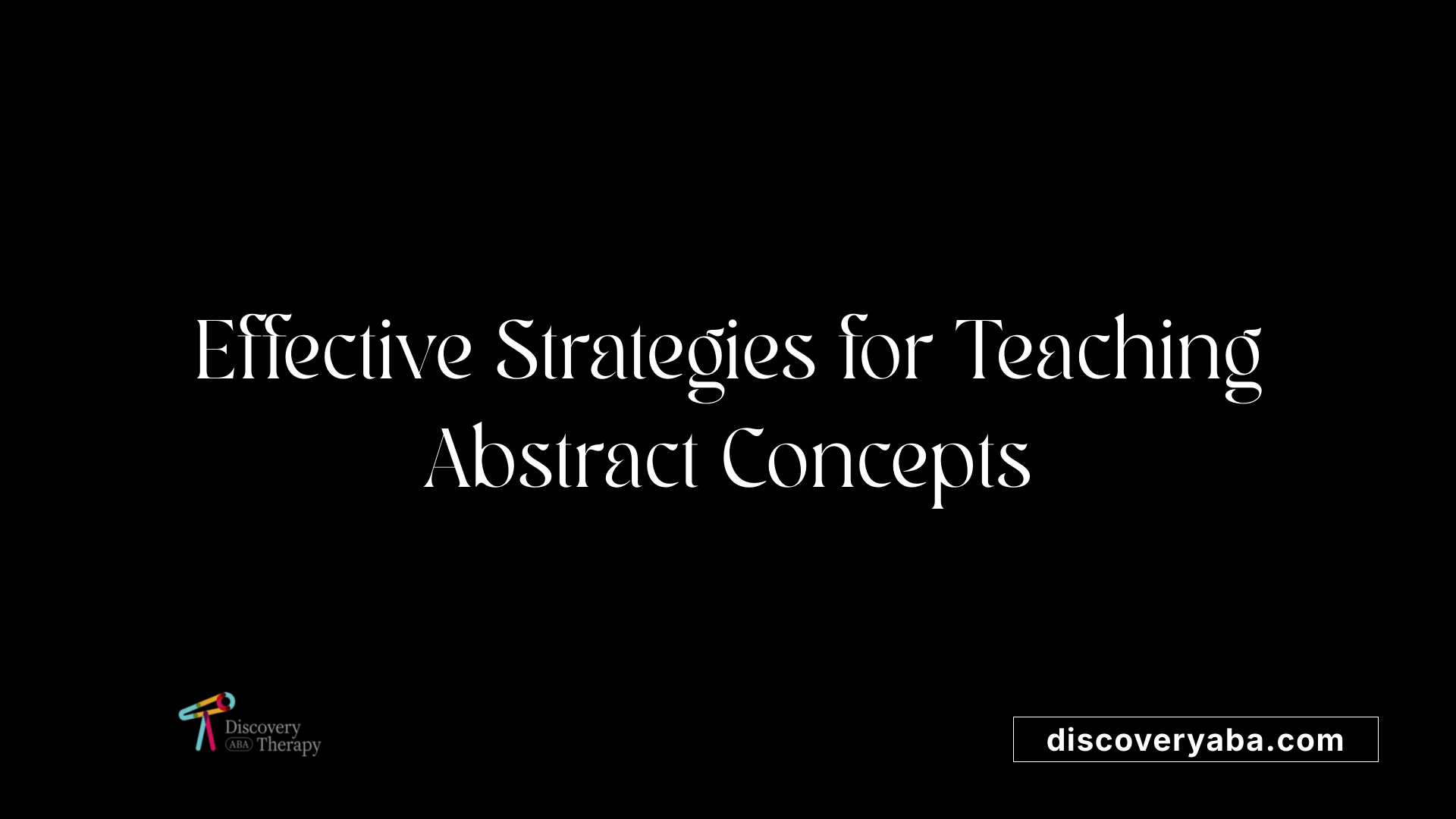
How can abstract concepts be made more understandable for learners?
Teaching abstract ideas like time, emotions, or relationships can be challenging because they are not directly observable. To make these concepts accessible, educators often turn to visual and hands-on methods. Visual aids such as charts, diagrams, or physical objects can serve as concrete examples that ground the learner’s understanding.
What are effective ABA strategies for teaching abstract concepts like time?
Applied Behavior Analysis (ABA) offers structured techniques to teach complex, abstract ideas like time. These strategies include:
- Using visual tools such as timers, calendars, and schedules to symbolize the passage of time.
- Teaching relevant vocabulary, such as "before," "after," "yesterday," "today," and "tomorrow" with visual support.
- Incorporating real-life routines that integrate timing skills, like setting alarms or timing activities.
- Breaking down the concept into manageable steps through task analysis, then prompting and reinforcing each step.
Consistent practice and caregiver involvement are crucial. Data collection methods like frequency and duration counts help track progress and inform adjustments to interventions.
How do real-life routines and routines help in teaching abstract concepts?
Embedding abstract concepts into everyday routines provides context that makes learning meaningful. For example, using daily schedules helps children grasp the concept of sequencing and time. Tasks like timing chores or using a clock during routine activities reinforce understanding and promote generalization outside the learning environment.
What role do visual aids and hands-on activities play?
Visual aids serve as tangible representations that clarify abstract ideas, making them more approachable. Hands-on activities, such as role-playing or puzzles, actively engage learners in applying concepts, which enhances retention and application.
How does caregiver training enhance learning?
Training parents and caregivers ensures consistency across settings and helps generalize skills. Caregivers can reinforce concepts during routine activities, providing support that fosters independence and confidence.
Summary Table of Strategies
| Approach | Description | Example |
|---|---|---|
| Visual Supports | Use visual tools to represent abstract concepts | Timers, clocks, charts |
| Routines Integration | Embed concepts into daily routines | Timing chores, scheduling activities |
| Task Analysis & Prompting | Break concepts into steps and guide learners | Step-by-step timers, verbal hints |
| Reinforcement | Use positive reinforcement to encourage correct behavior | Praise, token economy |
| Caregiver Training | Educate caregivers on strategies to promote generalization | Coaching, instructions |
These methods, when combined with ongoing monitoring, provide a comprehensive approach to teaching abstract concepts effectively.
Educational Resources and Practical Tools for Teaching Time
 When teaching abstract concepts such as time, it is essential to incorporate a variety of educational methods and resources that adhere to principles of Applied Behavior Analysis (ABA). These tools help make learning concrete and manageable for learners of different developmental levels.
When teaching abstract concepts such as time, it is essential to incorporate a variety of educational methods and resources that adhere to principles of Applied Behavior Analysis (ABA). These tools help make learning concrete and manageable for learners of different developmental levels.
Visual schedules, clocks, and timers are fundamental resources that provide clear, visual representations of time concepts. For example, analog and digital clocks help learners distinguish different ways of representing time, while timers and visual schedules support understanding the sequence and duration of activities.
Practice worksheets and flashcards are practical tools that allow repeated, systematic practice. Worksheets may include matching clock images to times or filling in missing times, and flashcards can be used in quick drills to reinforce number recognition and the relationship between symbols and time.
In addition to structured tools, naturalistic and incidental teaching strategies are effective for generalizing time skills in real-life scenarios. Natural environment teaching (NET) and social stories provide contextual learning opportunities, helping learners apply their knowledge during everyday activities. For example, a social story about morning routines can reinforce understanding of time in a familiar setting.
Assessment tools, such as data sheets and standardized kits like the VB-MAPP or ABLLS-R, are essential for tracking progress and customizing instruction. They help educators and therapists determine which aspects of time understanding need more focus and ensure that teaching strategies are evidence-based.
Overall, combining explicit instruction with varied resources, naturalistic strategies, and data-driven progress monitoring creates a comprehensive approach. Reinforcement, prompting, and modeling are integrated within this framework to enhance learning and ensure skills are generalized across different environments.
Supporting Cognitive and Abstract Skills Development in Children with Autism
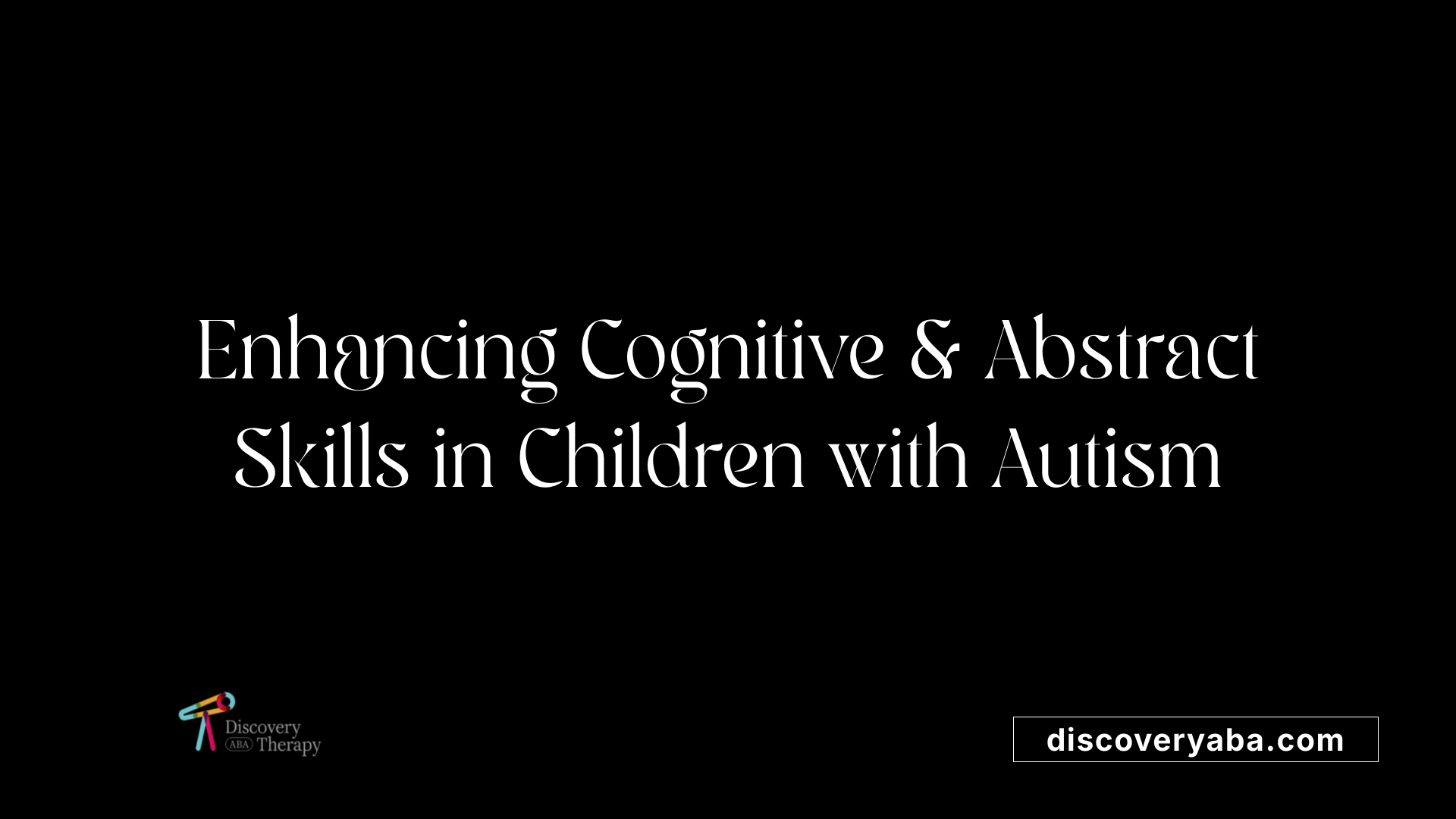
How can ABA be used to support understanding of abstract cognitive skills in children, including those with autism?
Applied Behavior Analysis (ABA) offers practical strategies for developing abstract thinking in children, especially those with autism. Since abstract skills involve understanding ideas that are not directly observable — such as time, cause and effect, and metaphorical language — ABA breaks these down into smaller, manageable steps.
One core approach is task analysis, which involves analyzing complex concepts into simple components. For example, understanding 'more than' or 'opposite' can be taught through specific, systematically varied examples and nonexamples. This helps children grasp not just the idea but also how to apply it across different situations.
Modeling plays a crucial role — carefully demonstrating the target skill or concept encourages imitation and understanding. Reinforcement strategies, such as praise or tokens, motivate children to practice and internalize new ideas. Natural environment teaching is also vital; integrating learning into daily activities and play scenarios promotes generalization, so skills are not limited to clinical settings.
Engagement in play-based activities like puzzles, role-playing, or storytelling allows children to explore abstract concepts actively. These methods not only foster cognitive flexibility but also target problem-solving and decision-making, important for navigating real-world situations.
Additionally, ABA addresses sensory sensitivities which may impact learning. Creating a supportive environment, with adjustments for sensory needs, helps children remain focused and comfortable while engaging with abstract material.
Research indicates that individualized ABA programs can significantly boost cognitive skills, including abstract thinking. By systematically teaching and reinforcing these skills, children experience improvements in communication, social interactions, and independence, leading to more successful participation across various environments.
Relational Frame Theory and Hierarchical Teaching of Abstract Concepts
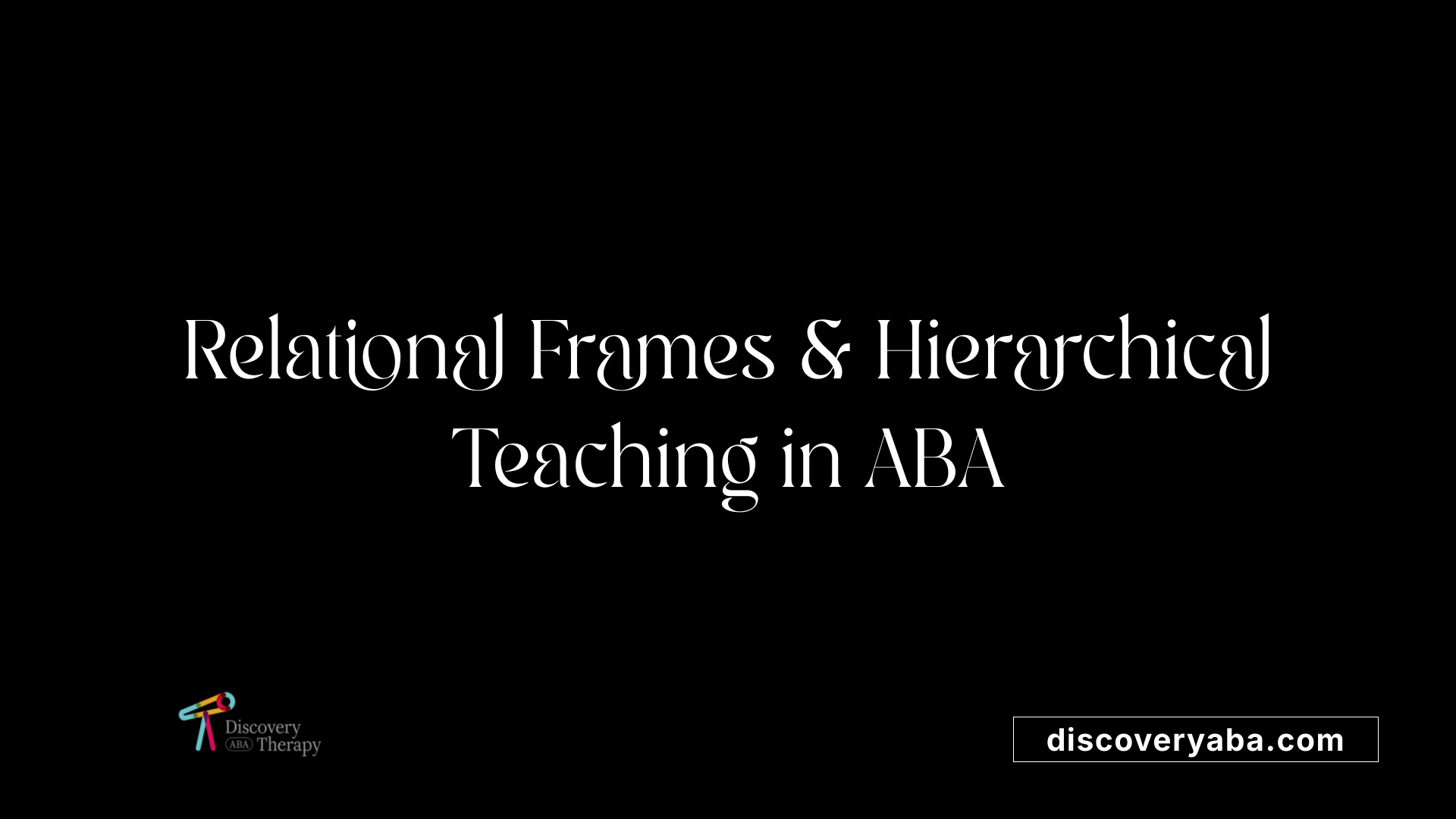
What are relational frames like ‘more than’ and ‘opposite’?
Relational frames are ways in which we relate different ideas or concepts through specific relationships. For example, ‘more than’ indicates a comparison where one item is greater in quantity or degree than another. ‘Opposite’ establishes a contrast between two ideas or objects. Teaching these frames helps children grasp how various concepts are connected and structured.
How does hierarchical concept inheritance help in teaching abstract ideas?
Hierarchical concept inheritance involves organizing concepts into levels, from broad to specific. For instance, the idea of ‘time’ can be broken down into units like seconds, minutes, hours, and days. This structure allows children to see how detailed ideas relate to overarching concepts. Teaching these hierarchies enables learners to extend their understanding from concrete examples to more abstract ideas.
How can understanding and generalization of concepts be expanded?
Extending and generalizing understanding involves exposing children to diverse examples and nonexamples that highlight different attributes of a concept. Through systematic variation of attributes and repeated practice, learners can apply their knowledge across various settings and new situations. Using visual aids, role-playing, and media further supports this process, making it easier for children to transfer learned concepts to unfamiliar contexts.
Principles of ABA that support teaching abstract ideas like time to children
Applied Behavior Analysis (ABA) employs several strategies to teach abstract ideas. Initially, critical attributes of the concept — such as the passing of time or specific cues — are identified. Then, children are systematically presented with a range of examples and nonexamples to help define the concept clearly.
Reinforcement strengthens correct responses, ensuring that children are motivated to learn. Prompting and shaping guide learners toward understanding complex ideas gradually. Concept analysis using hierarchies and rational sets helps organize teaching materials logically. Visual supports, role-playing, and video modeling make abstract ideas more concrete.
Throughout the process, the principle of parsimony ensures interventions are simple, effective, and individualized. These evidence-based methods foster meaningful understanding of abstract concepts like time, empowering children to recognize, extend, and generalize their knowledge across different situations.
Measuring Progress and Ensuring Effective Learning in ABA Interventions
How can ABA be used to support understanding of abstract cognitive skills in children, including those with autism?
ABA, or Applied Behavior Analysis, offers effective strategies to help children develop understanding of complex, abstract concepts such as time, emotions, and problem-solving. By breaking down these ideas into smaller, manageable steps through task analysis, therapists can create tailored activities that resonate with the child's current skills.
Using techniques such as modeling, reinforcement, and natural environment teaching makes abstract ideas more accessible. For example, visual aids like emotion cards or storytelling can help children grasp social and emotional concepts, while engaging in play-based activities like puzzles or role-playing can boost cognitive flexibility.
ABA also emphasizes generalization—helping children transfer learned skills across different environments and situations. This is achieved through consistent reinforcement and structured practice in natural settings, involving caregivers and teachers.
Research shows that these targeted, individualized interventions improve not only cognitive understanding but also social interactions and communication. This holistic approach promotes greater independence and positive behavioral growth, even for children with developmental delays or autism spectrum disorder.
Ensuring Ethical and Individualized ABA Interventions
When implementing ABA strategies, it is essential to center interventions around cultural sensitivity and personal needs.
In practice, this means designing programs that respect the cultural backgrounds of learners and incorporating culturally relevant examples and resources. For example, using familiar stories, culturally significant symbols, or community values can make learning more meaningful.
Avoiding punitive measures is a fundamental principle of ethical ABA. Instead, positive reinforcement, careful task analysis, and differential reinforcement are used to encourage desirable behaviors.
Individualization involves thorough assessments to tailor programs to each learner's specific strengths, challenges, and interests. This personalized approach enhances engagement and effectiveness.
Educational methods and resources for teaching complex concepts like time include explicit instruction combined with task analysis, which breaks down skills into manageable parts. Visual aids like clocks, flashcards, and timers support understanding.
Naturalistic teaching strategies, such as natural environment teaching (NET) and social stories, help learners generalize skills like time-telling in everyday contexts. Data collection tools monitor progress, ensuring interventions remain aligned with the learner’s evolving needs.
Culturally sensitive, individualized ABA plans not only promote effective learning but also uphold ethical standards by respecting each learner’s background and avoiding harmful or punitive practices.
Integration of ABA Strategies for Holistic Development
How can ABA be used to support understanding of abstract cognitive skills in children, including those with autism?
Applied Behavior Analysis (ABA) offers a versatile framework for enhancing abstract thinking in children. Given that abstract concepts—such as time, cause and effect, and hypothetical ideas—are often challenging for children with developmental delays or autism, ABA approaches break these ideas into smaller, manageable steps.
Using task analysis, therapists and caregivers identify critical attributes of complex concepts, then systematically teach these through structured interventions. For instance, to teach time, a child might learn to differentiate morning from evening using visual schedules and temporal language, reinforced through naturalistic teaching settings.
Modeling behaviors, positive reinforcement, and opportunities for practice in everyday situations support generalization of these skills. Play-based strategies, such as role-playing or puzzles, make learning engaging and improve cognitive flexibility and problem-solving. Moreover, ABA helps address sensory sensitivities and builds self-advocacy skills, which are essential for comprehensive cognitive development.
Research supports the effectiveness of ABA in improving not just behavioral outcomes but also cognitive abilities. Structured programs tailored to individual needs facilitate mastery of skills and foster independence. Overall, ABA’s systematic, individualized approach enables children—including those on the autism spectrum—to better understanding and navigate abstract ideas, enriching their adaptive and social functioning.
Table of Methods Used in ABA for Abstract Thinking Development
| Method | Description | Application Example |
|---|---|---|
| Task Analysis | Breaking down complex ideas into steps | Teaching cause-effect through experiments |
| Modeling | Demonstrating the concept | Using visual aids for time concepts |
| Reinforcement | Encouraging desired behaviors | Praising correct responses |
| Natural Environment Teaching | Learning in real-life contexts | Grocery shopping to teach categorization |
| Play-Based Learning | Using games and play to promote skills | Puzzles to develop problem-solving |
This comprehensive use of ABA tools promotes not only grasping of complex ideas but also their application across daily life, fostering genuine understanding and skills transfer.
Advancing Education with Evidence-Based Techniques
Teaching abstract concepts like time can be challenging, but ABA offers a comprehensive, systematic approach backed by research and clinical practice. By analyzing concepts to identify essential attributes, using visual and real-life supports, and employing tailored reinforcement strategies, educators and therapists can help children develop a robust understanding of complex ideas. The integration of visual supports, social stories, and modeling makes abstract ideas more accessible, while ongoing data collection ensures continuous progress. With a focus on ethical, individualized, and culturally sensitive practices, ABA can effectively support children in mastering foundational cognitive skills, paving the way for greater independence and a richer understanding of the world around them.
References
- Understanding Concepts: Implications for Behavior Analysts and ...
- Teaching Emotional Regulation with ABA Tools
- trouble-with-abstract-thinking-and-how-therapy-can-help
- Teaching the Concept of Time - Autism Awareness Centre
- Teaching Emotional Regulation with ABA Tools
- Strategies for Teaching Math to Autistic Students - A Better Way ABA
- The effectiveness of applied behavior analysis program training on ...
- The Role of Play in ABA Therapy: Making Therapy Fun
- 5 Skills ABA Therapy Teaches Children with Autism
- ABA Therapy for Problem-Solving and Critical Thinking Skills
Does Your Child Have An Autism Diagnosis?
Learn More About How ABA Therapy Can Help
Find More Articles
Contact us
North Carolina, Nevada, Utah, Virginia
New Hampshire, Maine
Arizona, Colorado, Georgia, New Mexico, Oklahoma, Texas
.avif)






















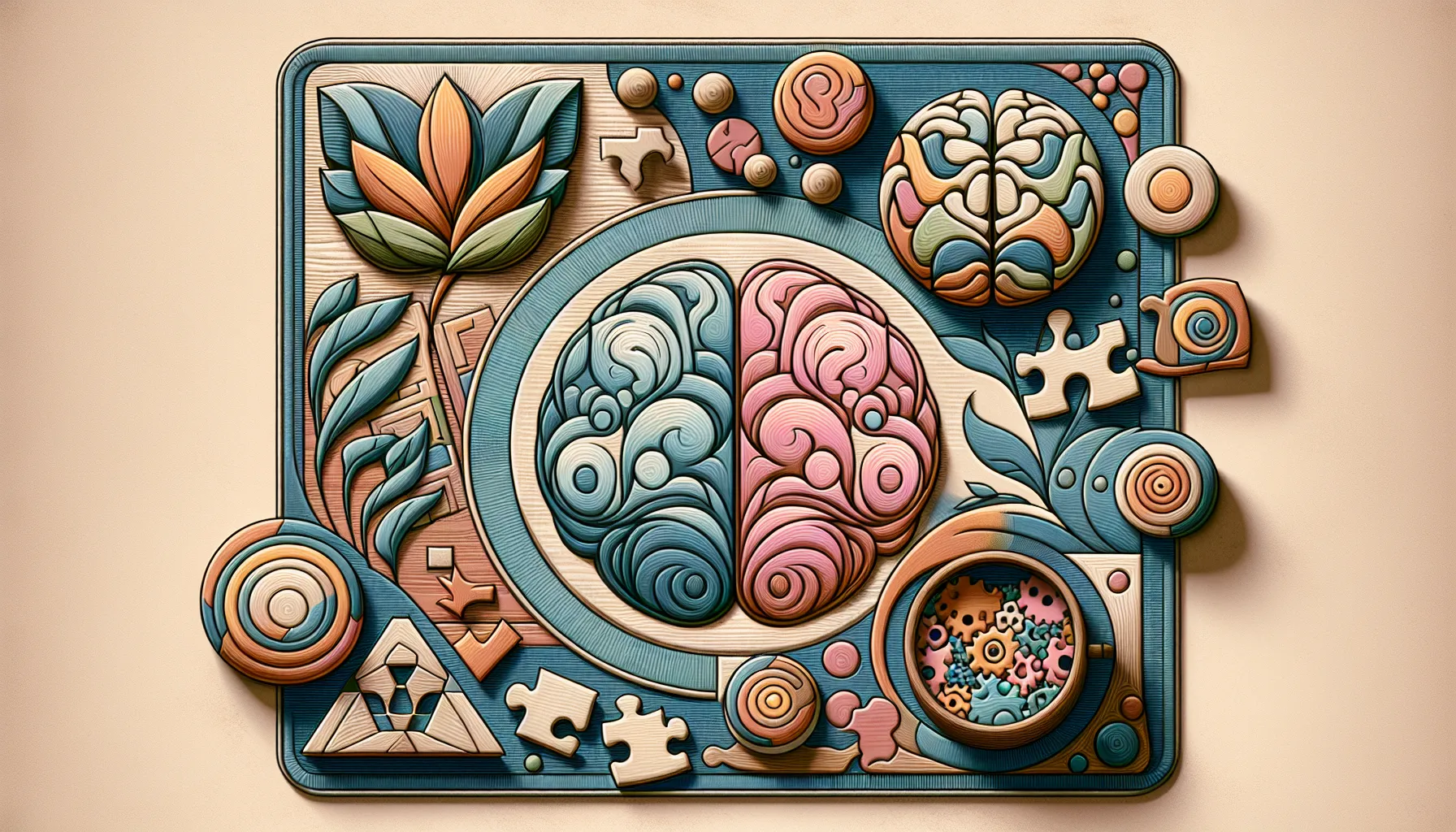

















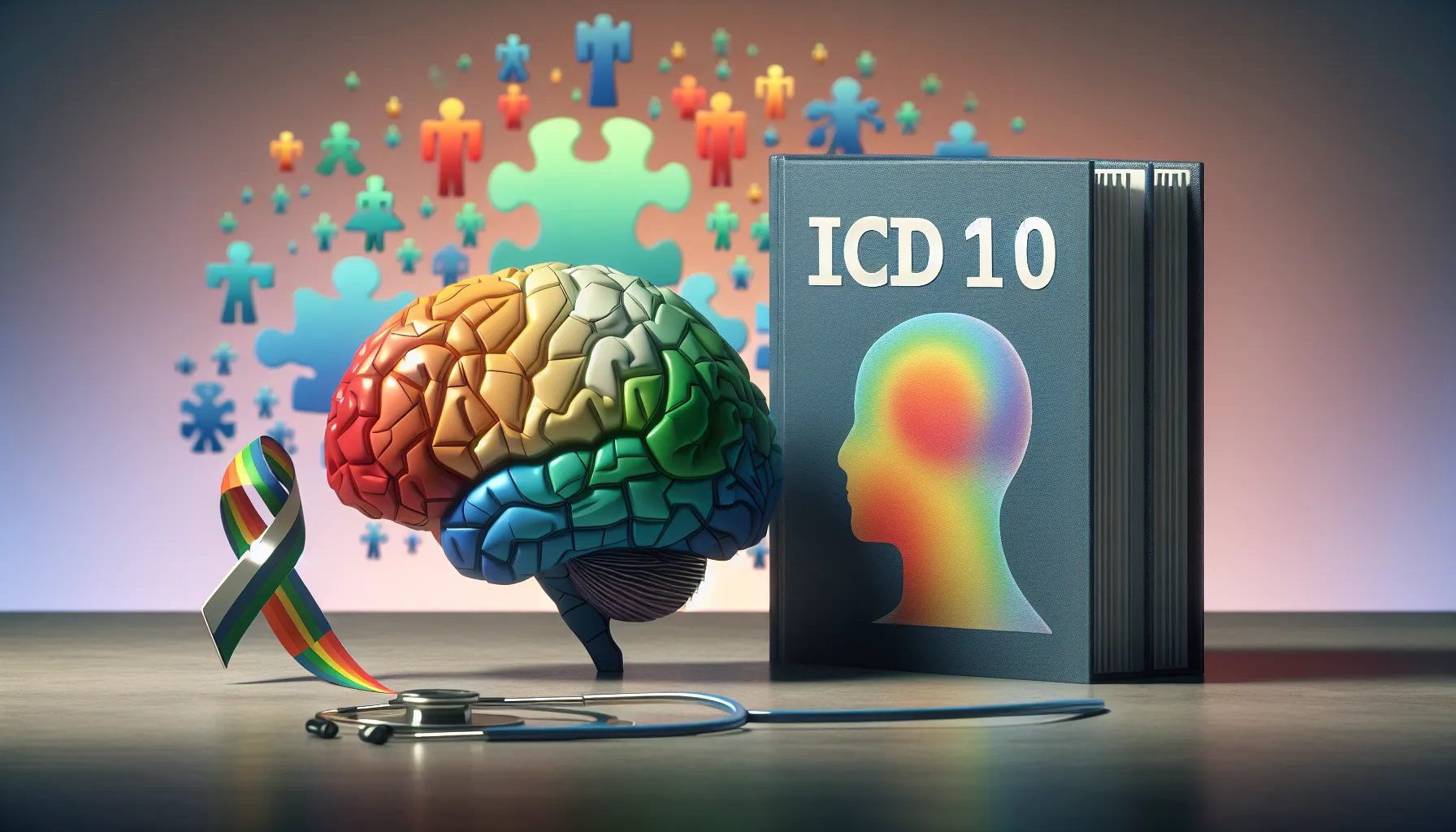











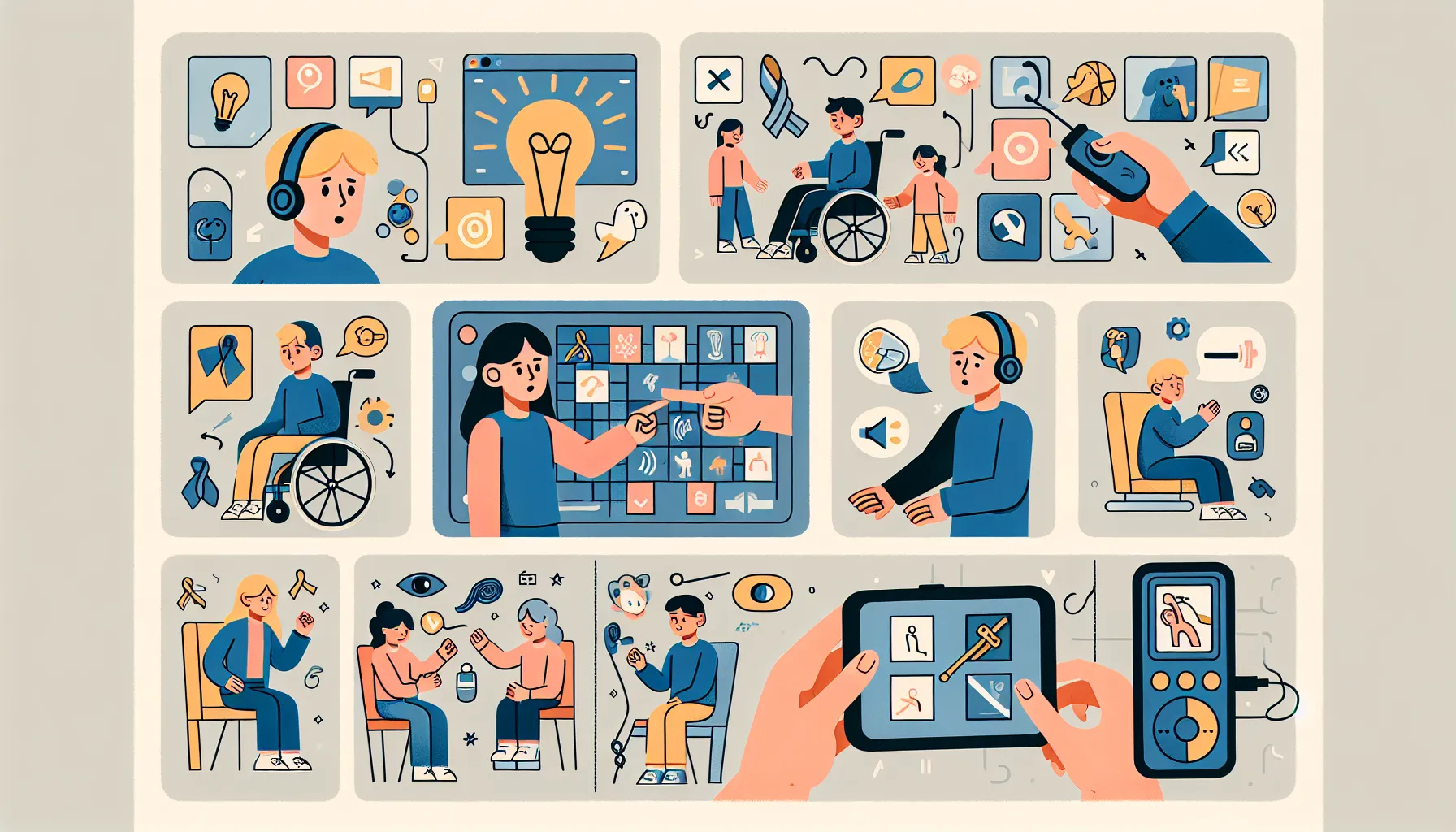






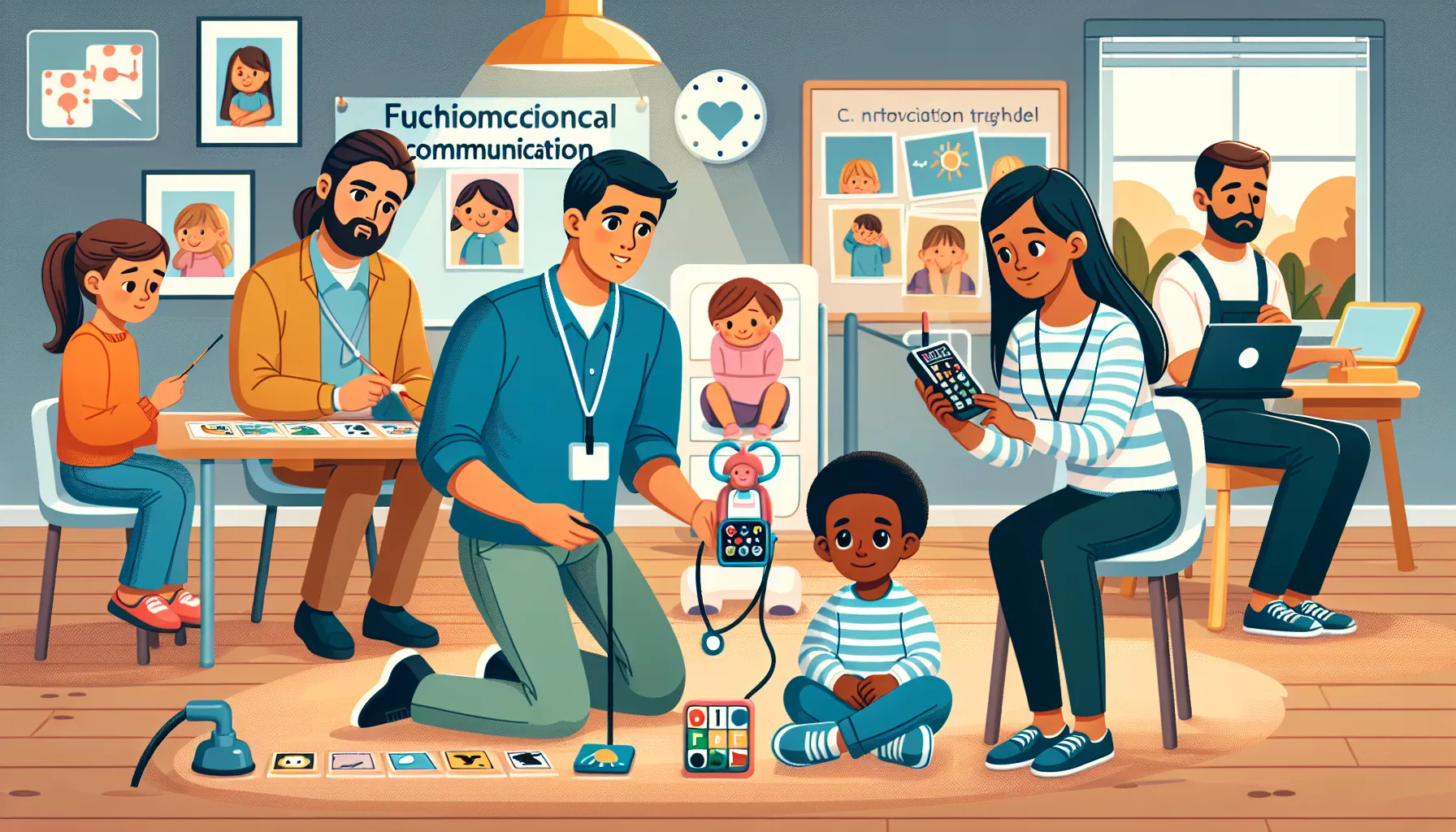

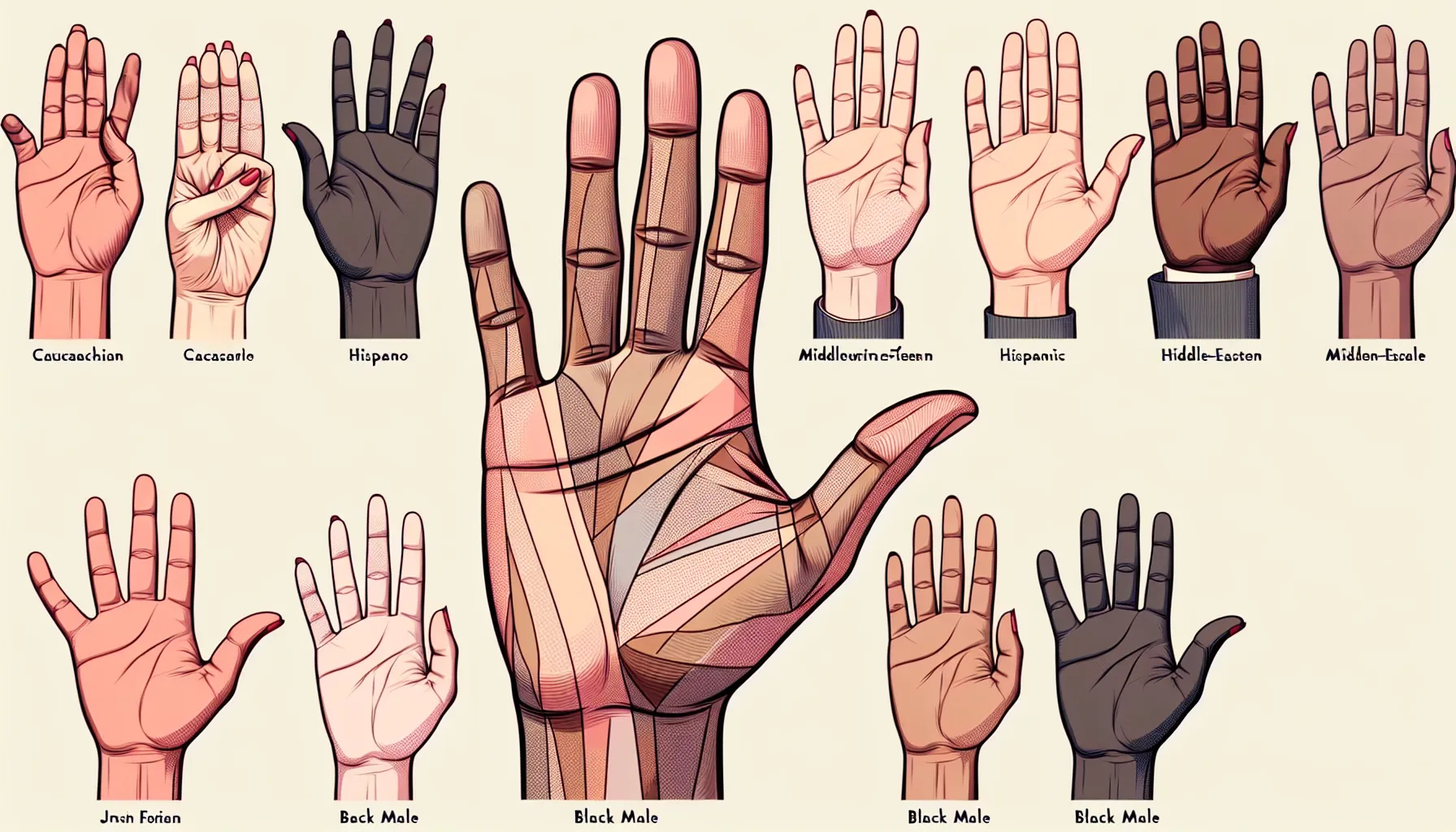
.webp)




















